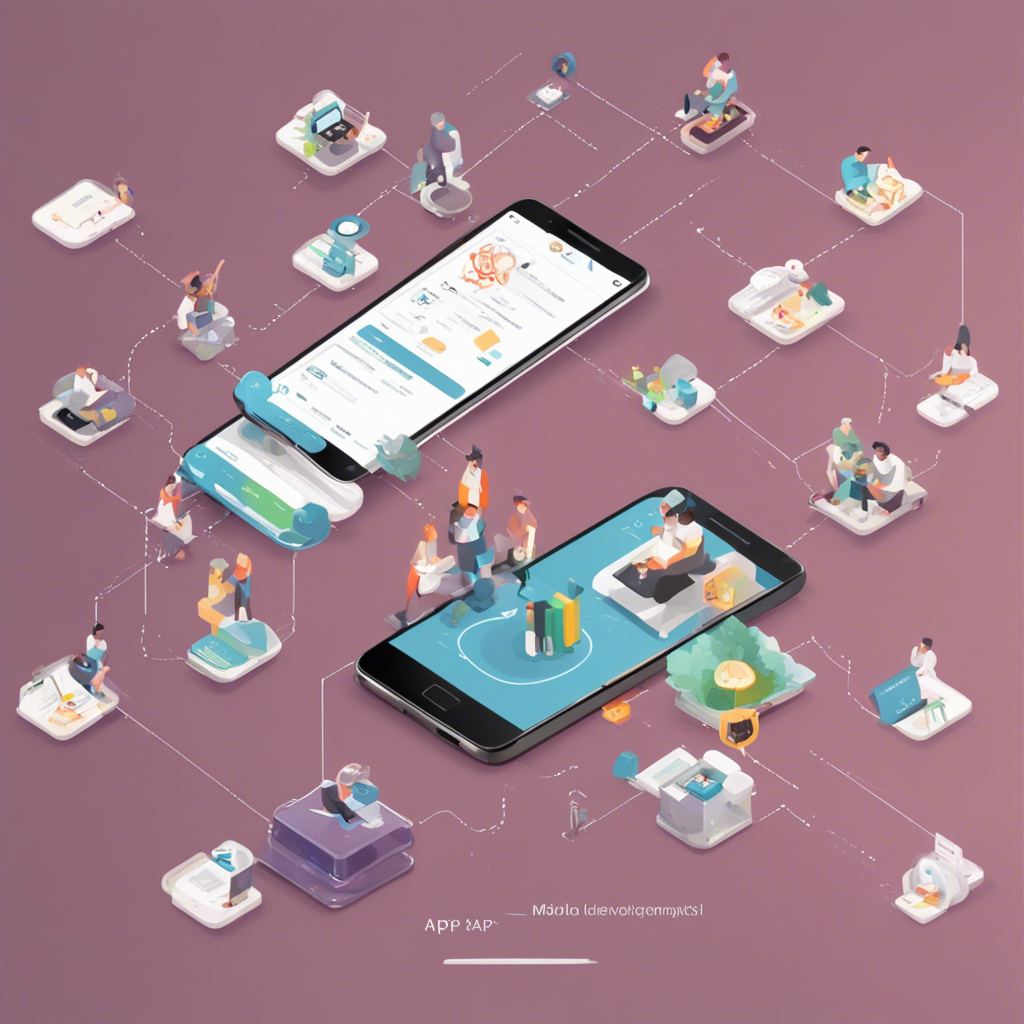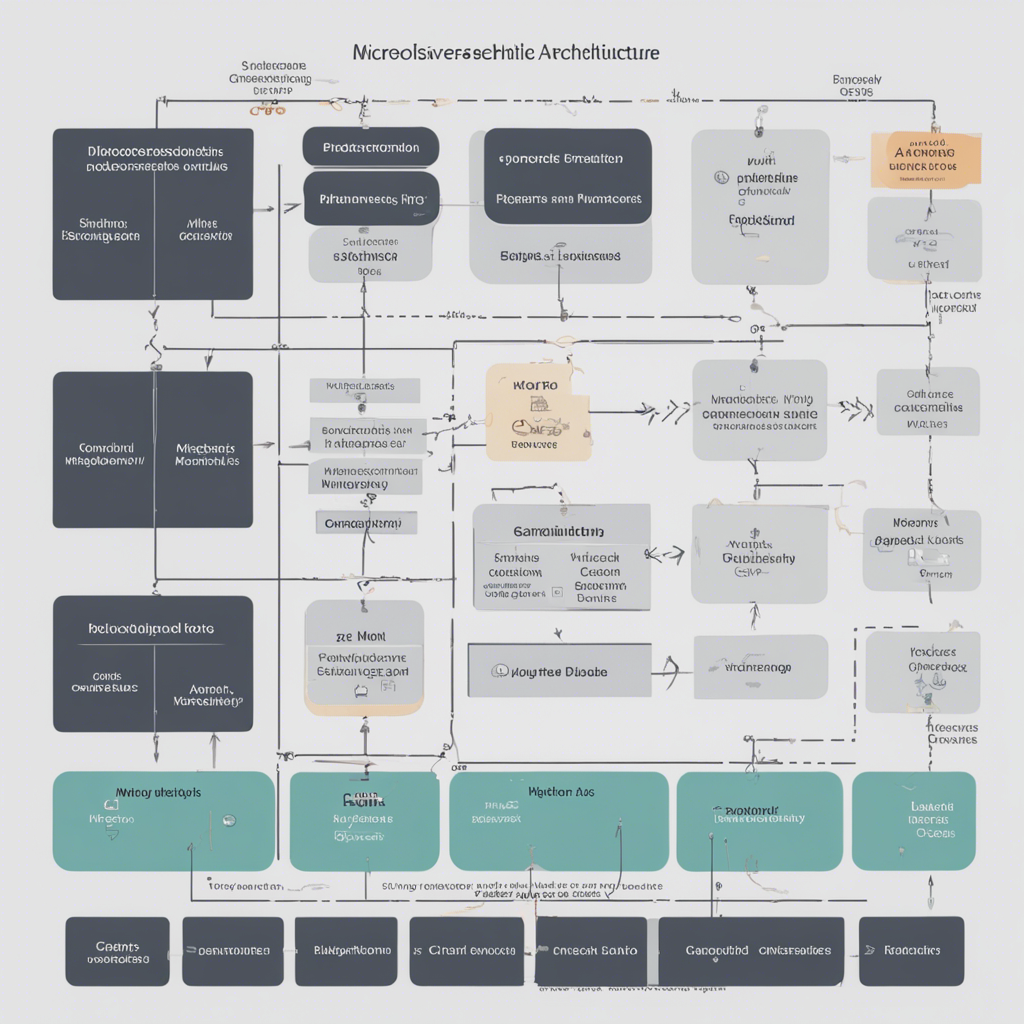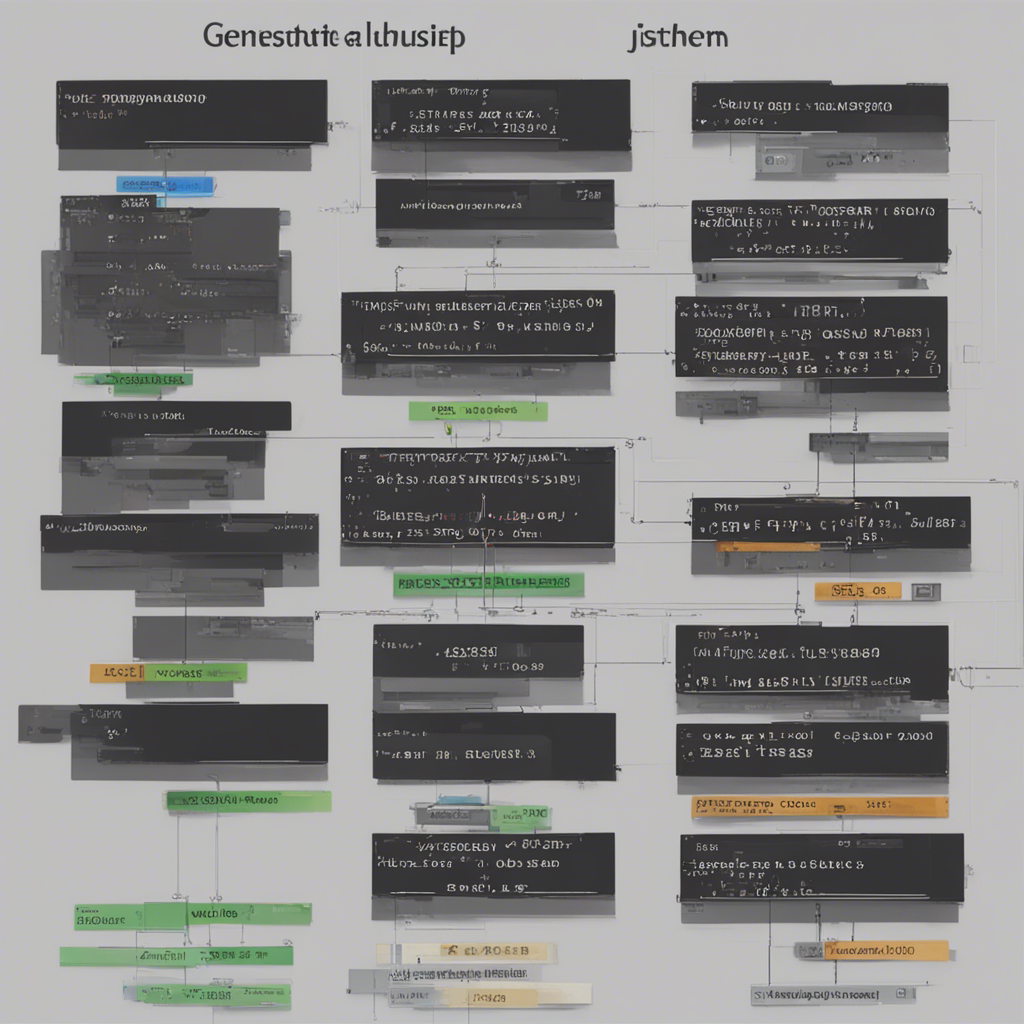
Building a Mobile App from Start to Finish
In today’s digital age, mobile apps have become an integral part of our lives. They help us stay connected, entertained, and productive, and the demand for mobile apps continues to grow. If you’ve ever wondered about the process of building a mobile app from start to finish, this comprehensive guide will walk you through the steps involved, from ideation to deployment.
1. Ideation and Conceptualization
The first step in building a mobile app is to come up with a great idea. Think about the problem you want to solve or the service you want to provide through your app. Conduct market research and competitive analysis to understand the existing solutions and identify any gaps or opportunities that your app can address.
Consider the target audience for your app and define user personas to better understand their needs and preferences. This will help you create a user-centered design and ensure that your app meets the expectations of your potential users.
2. Design and User Experience
Once you have a clear idea of what your app will do, it’s time to focus on designing a user-friendly interface and a seamless user experience. Start with wireframing, where you sketch out the basic layout and functionality of your app. This will help you visualize how different screens and features will come together.
Next, create a high-fidelity prototype using design tools like Sketch, Figma, or Adobe XD. Apply design principles and best practices to create an aesthetically pleasing and intuitive interface. Use color schemes, typography, and imagery that resonate with your brand and target audience.
To optimize user experience, consider creating user flow diagrams and perform usability testing throughout the design process. User feedback will help you identify any pain points or areas of improvement.
3. Development and Backend Integration
Now that you have a well-defined design, it’s time to bring your app to life through development. Depending on your technical expertise and resources, you can either build the app in-house or hire a professional app development company.
Choose the appropriate programming language and platform for your app. For native app development, you can use Swift or Objective-C for iOS, and Java or Kotlin for Android. If you prefer a cross-platform solution, popular frameworks like React Native or Flutter enable you to build one codebase that works across multiple platforms.
Incorporate backend services to handle data storage, user authentication, and other server-side functionality. Cloud-based solutions like Firebase or AWS can help streamline the backend integration process.
4. Testing and Quality Assurance
Before releasing your app to the market, it’s crucial to thoroughly test it for any bugs, performance issues, or usability concerns. Start with functional testing to ensure all features work as expected. Perform compatibility testing on different devices and operating systems to ensure a consistent experience.
Conduct user acceptance testing to gather feedback from real users and assess the overall satisfaction with your app. Use analytics tools like Google Analytics or Mixpanel to track user engagement and identify any areas that need improvement.
Iterate on your app based on the feedback received during testing. This iterative process will help you refine your app and make it more robust and user-friendly.
5. Deployment and App Store Optimization
Once your app is tested and refined, it’s time to prepare it for deployment. For iOS apps, you’ll need to enroll in the Apple Developer Program and follow the App Store guidelines for submission. For Android apps, you’ll need to create a Developer Account on Google Play and meet the submission requirements.
To enhance the discoverability of your app, invest in App Store Optimization (ASO). Optimize your app’s title, description, keywords, and screenshots to improve its visibility in app store search results.
6. Post-Launch Support and Updates
The journey doesn’t end with the app’s release. Continuous support and updates are essential to keep your app relevant and bug-free. Monitor user feedback and provide timely resolutions to any issues reported.
Regularly update your app with new features, improvements, and bug fixes. Consider integrating analytics tools to track user behavior, measure app performance, and gain insights for future updates.
Conclusion
Building a mobile app from start to finish involves careful planning, design, development, testing, and deployment. By following a well-structured process and considering user feedback and industry trends, you can create a successful app that meets user needs and stands out in the competitive app market.
Remember, building a mobile app is an ongoing process that requires continuous support and updates. Stay agile, evolve with user expectations, and embrace innovation to succeed in the fast-paced world of mobile app development.
References:
- Apple Developer Program: developer.apple.com
- Google Play Console: play.google.com/apps/publish
- Firebase: firebase.google.com
- Amazon Web Services: aws.amazon.com
- React Native: reactnative.dev
- Flutter: flutter.dev
- Google Analytics: analytics.google.com
- Mixpanel: mixpanel.com






